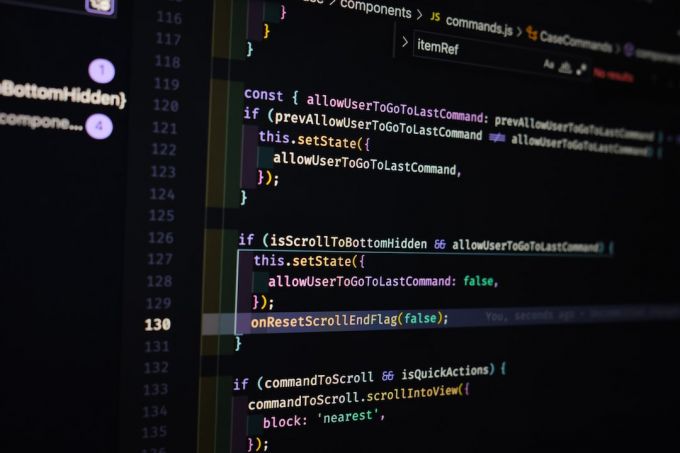Vue.js is a popular JavaScript framework that is used for building user interfaces. It is known for its simplicity and flexibility, making it an ideal choice for beginners to get started with web development. In this guide, we will take you through the basics of Vue.js and help you get started on your journey of learning this powerful framework.
What is Vue.js?
Vue.js is a progressive JavaScript framework that is used for building user interfaces. It is designed to be incrementally adoptable, meaning that you can start using it in small parts of your project and gradually scale it up to cover the entire application. Vue.js is often compared to other frameworks like React and Angular, but it has its own unique features that set it apart.
Setting Up Your Development Environment
Before you can start using Vue.js, you need to set up your development environment. The first step is to install Node.js, which includes the npm package manager. npm is used to install Vue.js and its dependencies. Once you have Node.js installed, you can open your terminal or command prompt and run the following command to install Vue.js:
“`
npm install vue
“`
Creating Your First Vue.js Application
Once Vue.js is installed, you can create your first Vue.js application. Create a new HTML file and add the following code:
“`html
My First Vue.js Application
{{ message }}
{{ message }}
“`
In this example, we create a new Vue instance and bind it to the element with the ID “app”. We also define a data property called “message” and use the double curly braces to interpolate its value into the HTML.
Running Your Vue.js Application
To run your Vue.js application, simply open the HTML file in your web browser. You should see the message “Hello, Vue.js!” displayed on the page. Congratulations, you have successfully created and run your first Vue.js application!
Understanding the Vue.js Instance
The Vue.js instance is the root of your application and serves as the entry point for all your components and data. In the previous example, we created a new Vue instance using the “new Vue()” syntax. The instance takes an options object, which can include properties like “el” (the element to bind to), “data” (the data properties), and more.
Working with Data and Methods
In Vue.js, you can define data properties and methods within the Vue instance. Data properties store the state of your application, while methods define the behavior of your application. Let’s modify our previous example to include a button that updates the message when clicked:
“`html
{{ message }}
{{ message }}
“`
In this example, we added a button with the @click directive, which calls the “changeMessage” method when clicked. The method updates the value of the “message” property, causing it to be re-rendered in the HTML.
Conclusion
Vue.js is a powerful JavaScript framework that is perfect for beginners to get started with web development. With its simplicity and flexibility, you can quickly build interactive user interfaces and scale your applications as needed. By following this guide, you have learned the basics of Vue.js and how to create your first Vue.js application. Now it’s time to explore more advanced features and start building your own projects using Vue.js. Happy coding!





